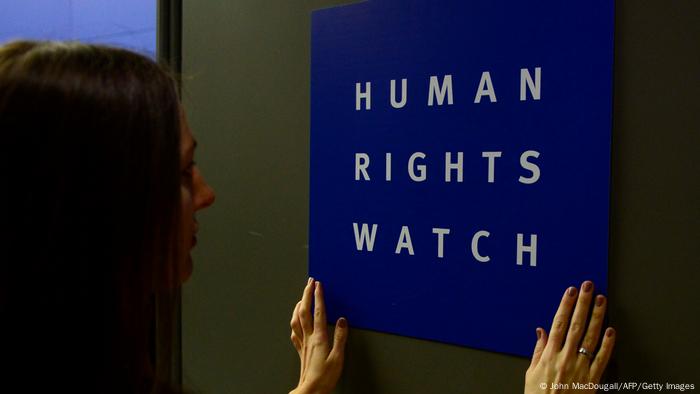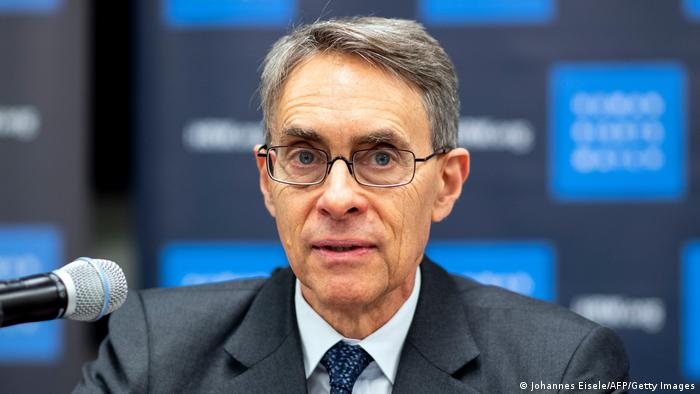Western politicians have not adequately stood up for democracy, the Human Rights Watch said in its annual report. Autocrats, however, have been losing their grip on power, the advocacy group said.

Human Rights Watch released its report annual report chronicling the human rights situations in roughly 100 countries where it works
Democratic leaders have failed in addressing serious global challenges, such as climate changeand the COVID-19 pandemic, Human Rights Watch said in a report published Thursday.
HRW Executive Director Kenneth Roth said the leaders in Western democracies have often been too mired in partisan battles and short-term preoccupations" to deal with the problems effectively.
"If democracies are to prevail in the global contest with autocracy, their leaders must do more than spotlight the autocrats' inevitable shortcomings," Roth wrote in the report's introductory essay.
"They need to make a stronger, positive case for democratic rule."
'Zombie democracy'
The pandemic also put the spotlight on the self-serving tendencies of autocrats, many of whom spent months downplaying the health crisis, Roth said.
"Autocrats claim to deliver better results than democrats, but they usually deliver mainly for themselves," the HRW chief said.
They have gone from subtly manipulating elections for the preservation of their power to overt electoral charades that guarantee their desired results, he wrote.
"What is left after such blatant undermining of elections is no longer managed democracy but 'zombie democracy'—the walking dead of democracy, a charade that has no pretense of a free and fair contest," the rights activist added.

Human Rights Watch Executive Director Kenneth Roth said he wants to counter the "conventional wisdom'' that autocrats are in the ascendancy
'Weak defense of democracy'
Roth criticized Western politicians for displaying weakness in their defense of democracy, adding that these governments often descend to the compromises of realpolitik.
US President Joe Biden vowed to put human rights at the center of his foreign policy after four years of American embrace of "friendly autocrats" under his predecessor, the head of HRW noted.
"But he (Biden) continued to sell arms to Egypt, Saudi Arabia, the United Arab Emirates, and Israel despite their persistent repression," Roth said.
He also gave the example of Germany's former Chancellor Angela Merkel.
The Merkel government coordinated a global condemnation of Beijing's crimes against humanity in Xinjiang, he wrote, but when holding the European Union presidency, Germany promoted an EU investment deal with China.
The deal was pushed despite human rights abuses of Uyghur Muslims, including mass internment, forced birth control, and labor transfers to other regions.
He accused French President Emmanuel Macron of turning a blind eye to the "abysmal rights situation" in Egypt under President Abdel Fattah el-Sissi.
"The defense of human rights requires not only curbing autocratic repression but also improving democratic leadership," Roth noted.







